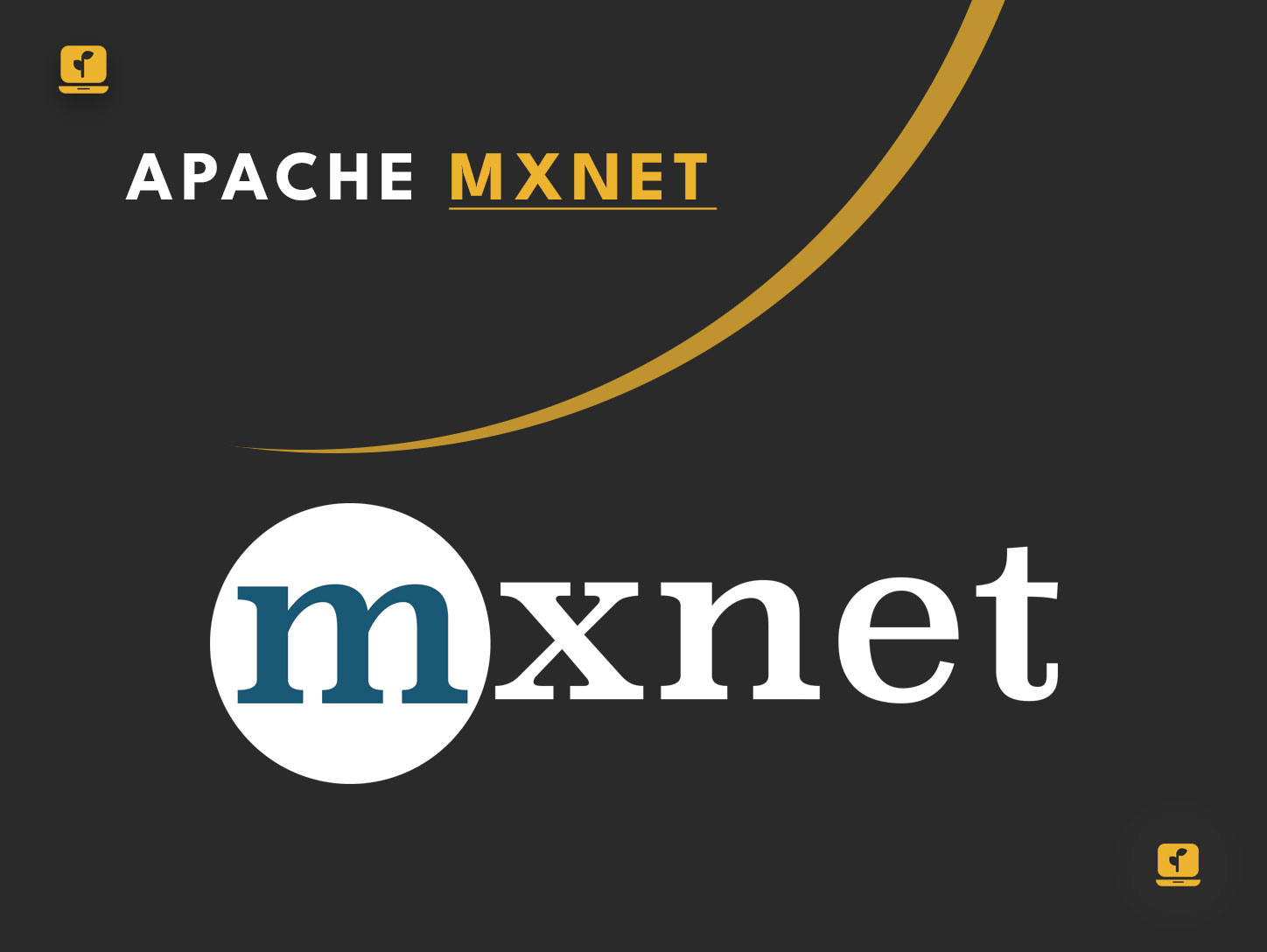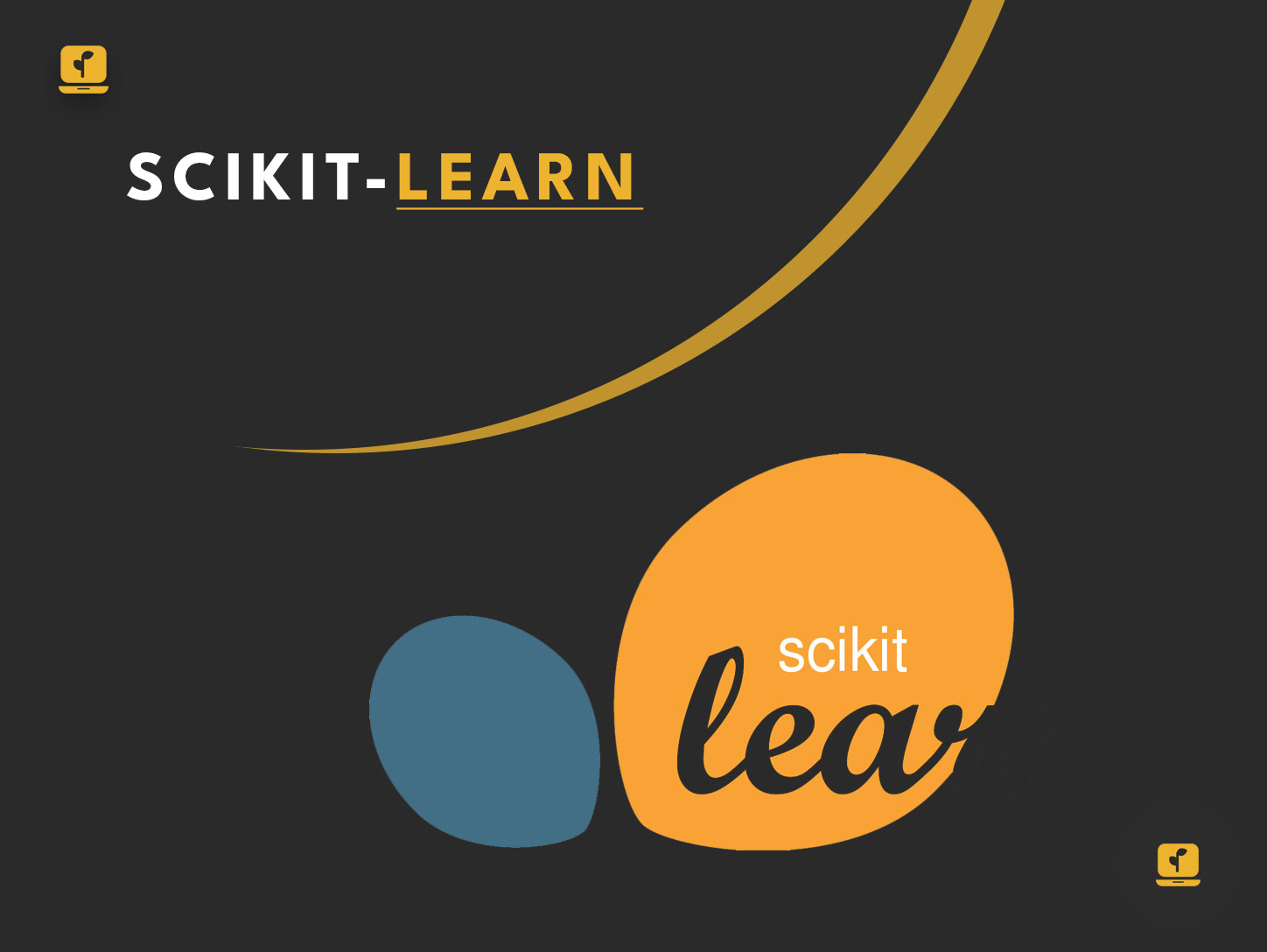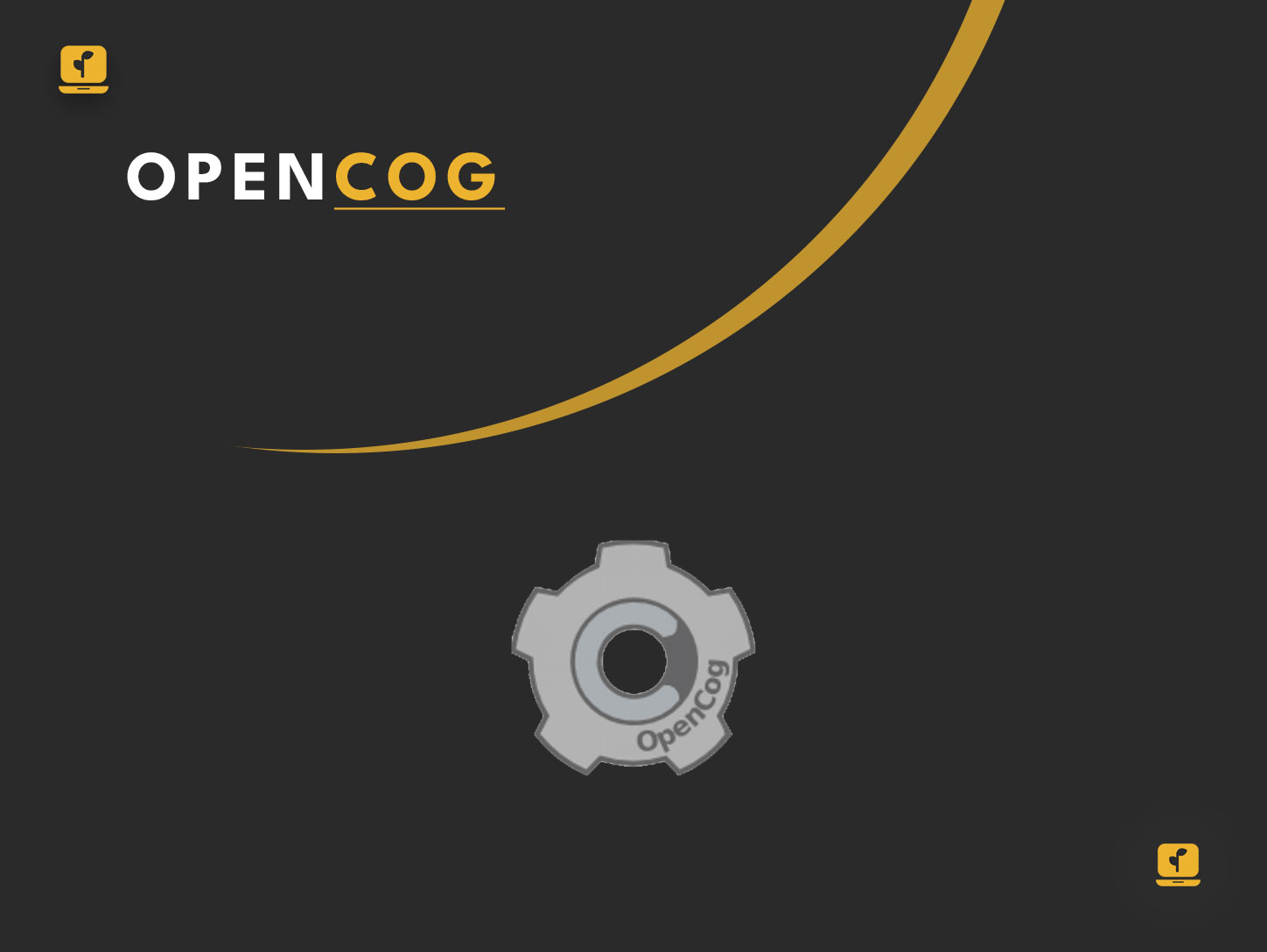Today, machine learning is everywhere. From Google Search to Snapchat filters and beyond, the world is rapidly embracing artificial intelligence (AI) and its many use cases.
In order to capitalize on this opportunity and make it easier for businesses of all types to implement AI solutions, more open-source tools for machine learning are being developed every day.
Table of Contents
These tools are not just useful for developers looking to build custom solutions, but they can also help anyone who has an interest in AI research or developing their own software solutions.
Top Open-Source Tools for Machine Learning
In this blog post, we will highlight six of the most useful open-source machine learning tools that you can start using today. They include free resources that will enable any level of user to begin analyzing data with AI.
Some of these tools may require advanced technical skills, while others may be accessible at the beginner level. However, all of them have one thing in common: they provide access to a variety of high-quality machine learning resources without requiring proprietary licenses or subscriptions fees in return.
Apache MXNet
MXNet is an open-source deep learning tool from the Apache project that is used for both modeling and running neural net algorithms. It can be used for both training and inference, and offers both a high level API as well as C++/GPU code. The C++/GPU code can be used for both training and inference.
The model can be trained on CPU or GPU with the same code. In addition to its many advantages, one of the best things about MXNet is that it is fully distributed. The distributed nature of MXNet means that the models can be run on multiple GPUs, increasing their accuracy and speeding up inference. This makes it an especially useful tool for AI research and developing custom AI solutions.
Scikit-learn
Scikit-learn is an open-source machine learning tool created by the Kaggle team that allows users to import and export various machine learning models as well as perform various data transformations. It also has a large number of algorithms built in and is an easy-to-use tool that makes it possible to quickly get started with machine learning.
Scikit-learn was created with ease-of-use and scientific reproducibility in mind. The entire library is designed to support multiple users or teams with the same data set and make sure that the results are comparable from one experiment to the next. The library has support for both Python 2.7 and 3.5+, as well as Scala and R.
TensorFlow
TensorFlow is an open-source machine learning tool that was originally developed by Google and is now maintained by the large and vibrant community around it. It is a popular tool for developing both models and API components for running those models across different environments.
TensorFlow offers users a variety of different tools that allow you to build and train different models without needing to be an expert in distributed computing and other low-level technologies.
Torch
Torch is an open-source machine learning tool that was created by the Torch team and is maintained by the broader ML community. It is a popular tool for tackling a wide range of machine learning problems, including both small and large datasets. Torch is particularly useful for developing custom models because it is a flexible tool that can be used with a wide variety of algorithms. It also supports both Python 2.7 and 3.5.
One of the best features of Torch is that it can run on an existing machine or on the cloud. This makes it a great tool for users who want to train models with larger datasets but who don’t want to run the models on a hardware cluster.
OpenCog
OpenCog is an open-source, distributed machine learning tool that was created by Google and is now maintained by the broader AI community. OpenCog can be used for both training and inference, and is particularly useful for tackling problems that require large amounts of data.
OpenCog is useful because it can handle the distributed aspect of machine learning with ease and can be used on a wide variety of hardware. It also supports both Python 2.7 and 3.5.
OpenCog is an especially useful open-source tool for research because it uses an open-source license and does not require a special license for commercial or research purposes. You can also use OpenCog for developing AI solutions for businesses or in the public sector.
Darknet
Darknet is a highly efficient open-source machine learning tool that supports both training and inference. It was created by Amazon and the broader community around it and is now maintained by that same community. Darknet is useful because it was designed to be highly efficient and requires very little time to complete each training run.
This makes it a great tool for researchers who want to use minimal resources to train their models. Darknet is also useful as a research tool because it comes with a built-in deployment system that allows you to easily test the results of your model. Darknet is useful for both research and developing AI solutions.
Conclusion
While neural networks are definitely the way of the future, they need to be implemented correctly. For example, a network that is overtrained can often perform better than a network that is undertrained.
This is why it’s important to use open-source tools for machine learning that can help you with model deployment and model tuning.














